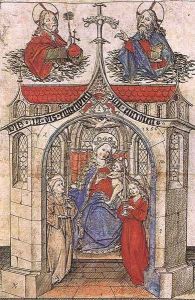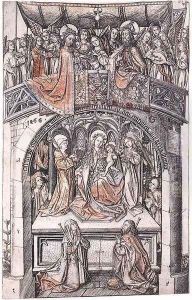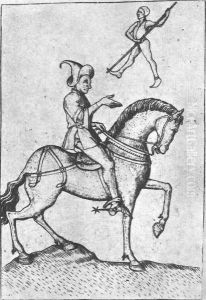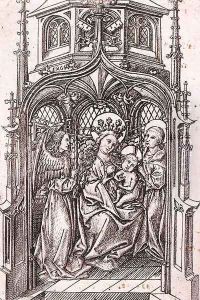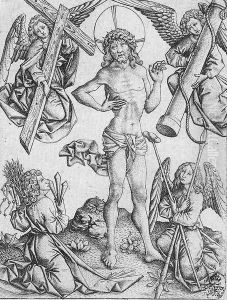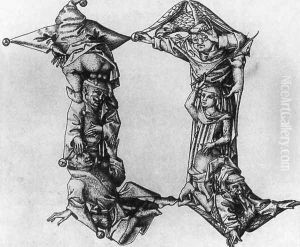Master E. S. Paintings
Master E. S., an anonymous German engraver and printmaker, was active during the mid-15th century and is one of the earliest-known artists in the medium of engraving in Germany. His monogram, 'E. S.,' from which his name is derived, appears on most of his prints. Little is known about his life, including his real name, exact birth and death dates, or his training. Scholars have approximated his birth around 1420 and his death around 1468, based on the dates that appear on his engravings and the stylistic context of his work.
Master E. S. played a significant role in the early development of printmaking as an art form in Europe, particularly within the Holy Roman Empire. He was a contemporary of the more famous engraver Martin Schongauer and is believed to have been active in the Upper Rhine region, possibly in the areas that are now southwestern Germany or eastern France. His work is characterized by a combination of Gothic and emerging Renaissance styles, with a particular emphasis on intricate detail, expressive figures, and complex iconography.
The artist's oeuvre includes religious subjects, secular themes, and ornamental designs. He produced a series of playing cards that are considered among the earliest of their kind, as well as a diverse range of devotional prints and narrative scenes. Master E. S.'s technical skill, particularly his use of cross-hatching for tonal effects, was innovative for the time and influenced subsequent generations of printmakers. Although he was not as widely known as some of his successors, his contributions to the technique and expressive potential of engraving were foundational in the history of European printmaking.
Despite his significance in art history, Master E. S.'s personal life and professional career remain shrouded in mystery due to the lack of surviving contemporaneous documentation. Even so, the body of work attributed to him continues to be studied for its artistic merit and for the insights it offers into the transitional period between the late Gothic and the early Renaissance in Northern European art.
